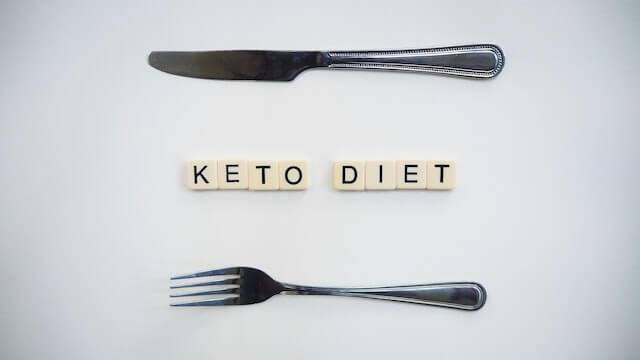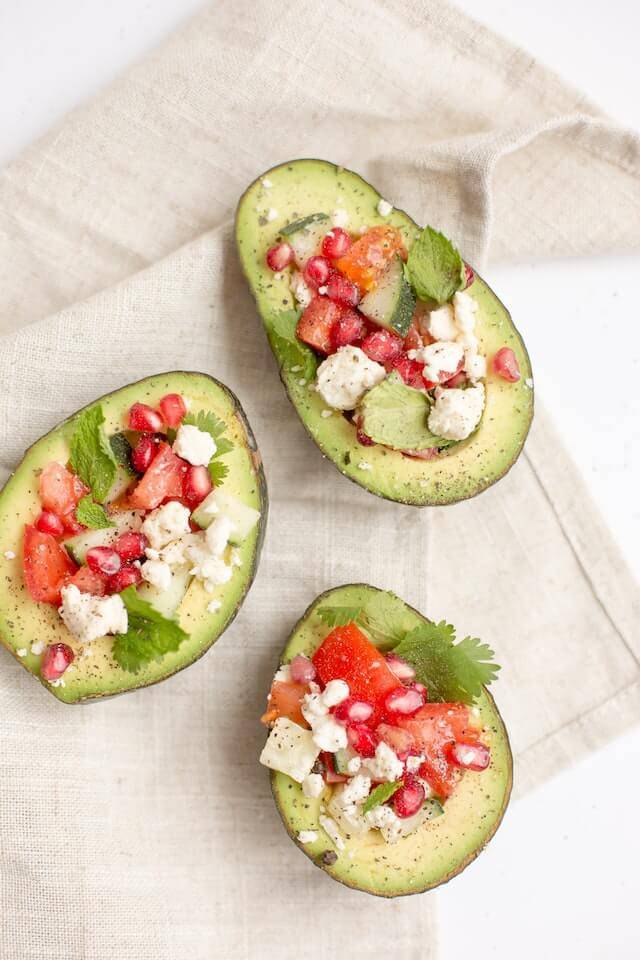The ketogenic diet keeps getting popular day after day. People from all over the world, including those with no history of dietary modifications are jumping on the ketogenic lifestyle bandwagon, probably because they want to lose some weight and keep their blood sugar in check. This article guides on what you on how to start your keto diet.

If you are just starting out on a ketogenic diet, there must be a lot of questions popping in and out of your mind. Some of these questions, and even more, are what we intend to talk about in the coming paragraphs.
Before we get started, I’d like to remind you of what a keto diet is all about. A keto diet is one that advocates eating less carbohydrates, moderate proteins, and high amount of fats. Generally, a keto diet includes a low carb content that should provide no more than 10% of your total caloric intake, and a fat intake of around 60-80%.
While it may seem weird, the main goal is to allow one’s body to enter a state of ketosis — a metabolic condition where the body uses fats as a source of energy to fuel cellular activities, instead of the regular glucose that comes from carbohydrates. In such conditions, the body can go on to burn off excess fat reserves to provide energy for daily activities, which consequently leads to weight loss.
First Week On a Keto Diet
The first week of every dietary lifestyle can go on to determine the overall length and commitment of your endeavor. It is where decisions like food choices and acceptability are made. Poor food choices, especially in the first week of a ketogenic diet, can go on to discourage you from pushing further. In addition, the changes you make to your diet are certainly going to affect the way you feel over the coming days, as the first week is more like a transitional period, where your body switches from glucose to ketones for energy.
Signs you have reached ketosis
Our bodies are different, and so, it takes some people just a week to reach ketosis, while others may require a longer period of time. Irrespective of the amount of time your body requires before reaching ketosis, some changes you may feel include:
- One of the first signs that your body has reached ketosis is a persistent foul breath. And this is due to a ketone called acetone, which leaves the body via urine and the breath. Of course, a bad breath negatively affects your social life, and thus, must not be tolerated. Regular teeth brushing with appropriate toothpastes can resolve this issue.
- Another sign you are in ketosis, is the increased amounts of ketones in your blood, because your body is no longer using glucose for fuel, but ketones. There are tests kits available around that can help you measure the amount of ketone that’s in your blood.
- As you progress into ketosis, another major sign is weight loss — which is probably the reason why people start a ketogenic diet in the first place. Research-based findings have already proved that keto diets are effective when it comes to aiding weight loss.
- A suppressed appetite is another sign that you may be fully into ketosis. Many people have reported decreased interest in taking extra amounts of food. This is probably because their hunger hormones have been altered. Besides, fatty foods are well-known to increase the feeling of satiety.
What to eat in the first week of keto
15 Delicious Keto Breakfast Recipes
15 Delicious Keto Lunch Recipes
For beginners, there’s a plethora of information available on the web on what to eat on your first week of a keto diet. But a lot of these information can be quite confusing, and sometimes, misleading, as it can lead newbies to overeating problems.
The thumb rule when it comes to a ketogenic diet is that carbs should form only 5-10% of your caloric intake, and fats on the other hand, should account for 60-80% of your total caloric intake. Proteins can account for anywhere between 10-30%.
So, on your first week, you should go for high-fat foods like cheese, dairy, meat, poultry, fatty fish, avocado, nuts, olive oil, with a mix of non-starchy vegetables like leafy greens, tomatoes, and broccoli, to increase the size of your ration. You should try as much as possible to limit your intake of carbs, because the less you consume them, the quicker it is for your body to reach ketosis.

Below you can find some quick breakfast ideas for a keto diet.
- Avocado, which can be eaten alone by cutting it into halves and then using a spoon to enjoy the succulent, fatty-pulp. You can alternatively blend it with almond milk to form a super-rich creamy smoothie.
- Veggie omelet is another great breakfast idea for a ketogenic diet.
- Sausages.
- Bacon and eggs.
- Cottage cheese omelet.
- A keto loaf, made from almond flour with a lot of eggs.
- Cheese pancakes.
- A greek yogurt parfait is another wonderful breakfast idea for a keto diet. However, high carb fruits like bananas should be avoided. Instead, low-carb alternatives like the berries can be a good way to start.
Top keto foods and those to avoid
Since keto diets are all about eating high-fat and low-carb foods, food options surely become limited. That being said, there are still a lot of foods to put at the top of your list that fit those characteristics. Some of them include cheese, egg, meat, poultry, leafy green vegetables, avocado, berries, olive oil, nuts, and fatty fish like salmon and sardines. With these foods, you can prepare a wide range of snacks and meals.
There are equally foods you should avoid on a ketogenic diet. These foods contain high amounts of carbs. They include bread, baked foods, pasta, grains, starchy vegetables, and high carb sauces. Also, the intake of sweet beverages must be limited, as they are high in carbs. However, coffee drinks are good to go in a keto diet. Coffee contains little to no calories, and thus, would hardly make a difference when it comes to raising your carb intake. Besides, you can add certain fat ingredients like creams and oils to increase your coffee’s fat content.
REFERENCES
Pingback: 15 Delicious Keto Lunch Recipes - Busting My Fat Belly